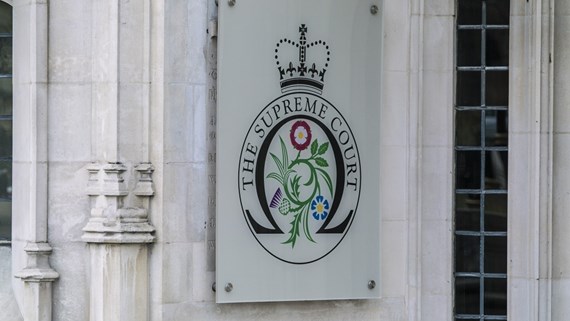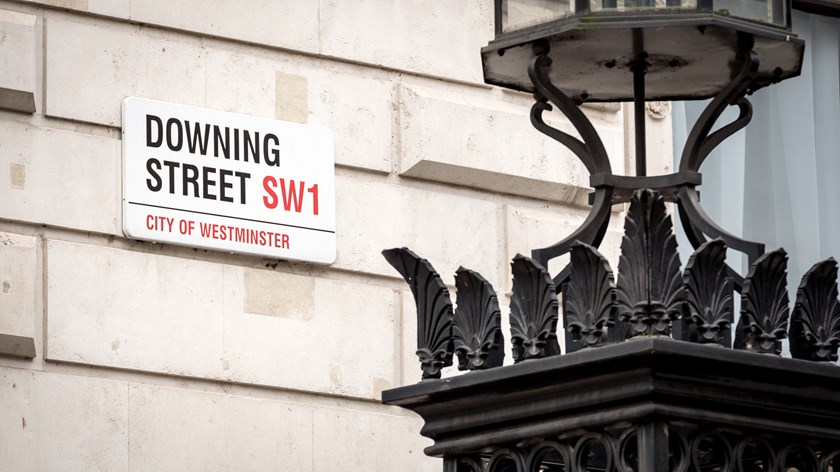When is a vase not “a building”? The Supreme Court judgment in Dill
Insight

Last month, the Supreme Court handed down an important judgment in respect of the protection afforded by the listed building regime. It is a significant judgment at this level on issues relating to listings and works of art and so will have potential resonance for those who find themselves owning items protected by the listing regime.
The case concerned Mr Dill who had inherited a pair of early 18th Century lead urns, each resting on a limestone pedestal. The urns were originally in the gardens of Wrest Park from approximately 1735 until they were removed in 1939. The urns were moved a number of times before ending up at Idlicote House in 1973. The House was designated as a Grade II listed building in 1966. The urns were listed in their own right in 1986 but there was no evidence of the owners being consulted and an unexplained delay in the appearance of this listing on the local land charges register.
The urns were sold and removed in 2009, and at that time Mr Dill was not aware that they were listed, and it was not until 2015 that the local planning authority wrote to Mr Dill confirming that listed building consent had been required for their removal. The retrospective application for listed building consent was refused on 2016 and swiftly followed by a listed building enforcement notice that required the reinstatement of the urns at Idlicote House. Mr Dill appealed the refusal of listed building consent and the enforcement notice on a number of grounds, including that the urns were not a “building” for the purposes of the listing.
A planning inspector dismissed both appeals and considered that he was unable to revisit the status of the urns as buildings, as this was established by the listing. The High Court and the Court of Appeal upheld the Inspector’s decision. On appeal to the Supreme Court, the two key issues were, firstly, whether an Inspector considering an appeal in respect of the refusal of listed building consent, or in respect of a listed building enforcement notice, can consider whether or not something included in the list is a building. In other words, could an existing listing be revised on this basis?
The second issue before the Court was to clarify the relevant criteria in determining what is a building. There are two dominant concepts, one relying on property law, namely the extent and purpose of a structure’s annexation and the other familiar to the planning regime is the test set out in Skerritts of Nottingham Limited v Secretary of State for the Environment, Transport and the Regions (No.2) [2000] 2 P.L.R. 102, namely size, permanence and degree of annexation.
In respect of the first issue, the Supreme Court held that the Inspector was not precluded from considering Mr Dill’s argument that the urns were not a building and therefore not caught by section 9 of the Planning (Listed Buildings and Conservation Areas) Act 1990, which creates the offence of carrying out works without listed building consent. Notably the Court considered that it would be inequitable to prevent the appellants from raising the issue, particularly in view of the hardship when one considers that contravening listed building control is a criminal offence. In comparison, the High Court and Court of Appeal judgments focused on the integrity of the list as being conclusive. As a result, the enforcement notice appeal will have to be redetermined by the Secretary of State.
In respect of the second issue, the Court favoured the Skerritts criteria in the context of the listed building regime but did not go on to apply the tests on the facts of this case. The Court felt that this would be best dealt with by a planning inspector in the redetermination of the enforcement appeal.
The judgment raises a number of interesting questions in respect of works of art and other structures that may not be considered to be buildings. It is an example of the Court coming to the rescue of owners, who through no fault of their own are unaware of particular objects or structures being listed. Objects and structures can be listed either in their own right, because they benefit from a separate listing, (as was the case in Dill) or because they are considered to be curtilage listed by virtue of the definition in section 1(5) of the Planning (Listed Buildings and Conservation Areas) Act 1990:
(5) In this Act “listed building” means a building which is for the time being included in a list compiled or approved by the Secretary of State under this section; and for the purposes of this Act
(a) any object or structure fixed to the building;
(b) any object or structure within the curtilage of the building which, although not fixed to the building, forms part of the land and has done so since before 1st July 1948, shall [subject to subsection (5A)(a)] be treated as part of the building.
If there is any doubt in respect of an object or structure being protected by the listed building regime, it is essential that the position is clarified before the object is removed to prevent a criminal offence from being committed. Unlike the planning regime, where there is no automatic criminal offence for carrying out development without planning permission, if it is clear that removing an object or structure required listed building consent, doing so without that consent is an offence under section 9.
If you require further information about anything covered in this briefing, please contact Karen Phull, or your usual contact at the firm on +44 (0)20 3375 7000.
This publication is a general summary of the law. It should not replace legal advice tailored to your specific circumstances.
© Farrer & Co LLP, June 2020






